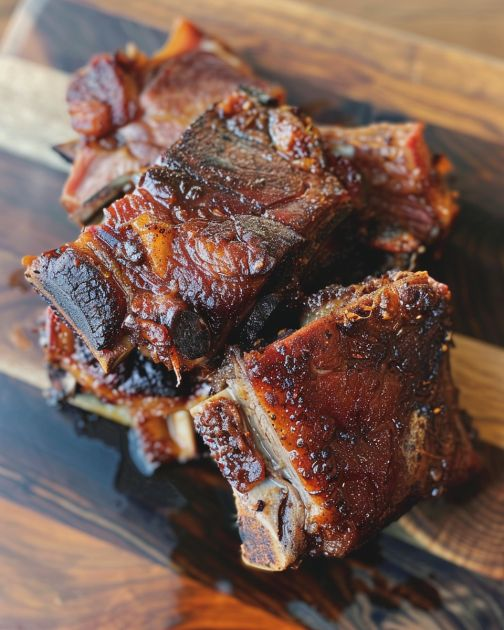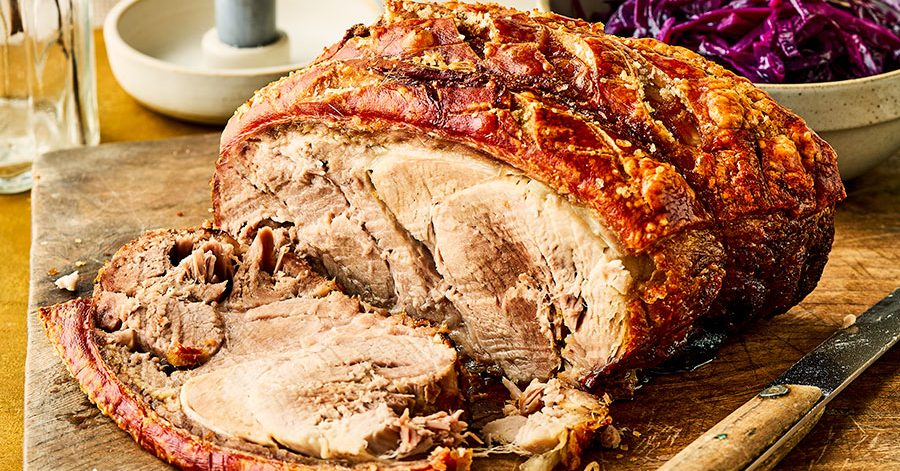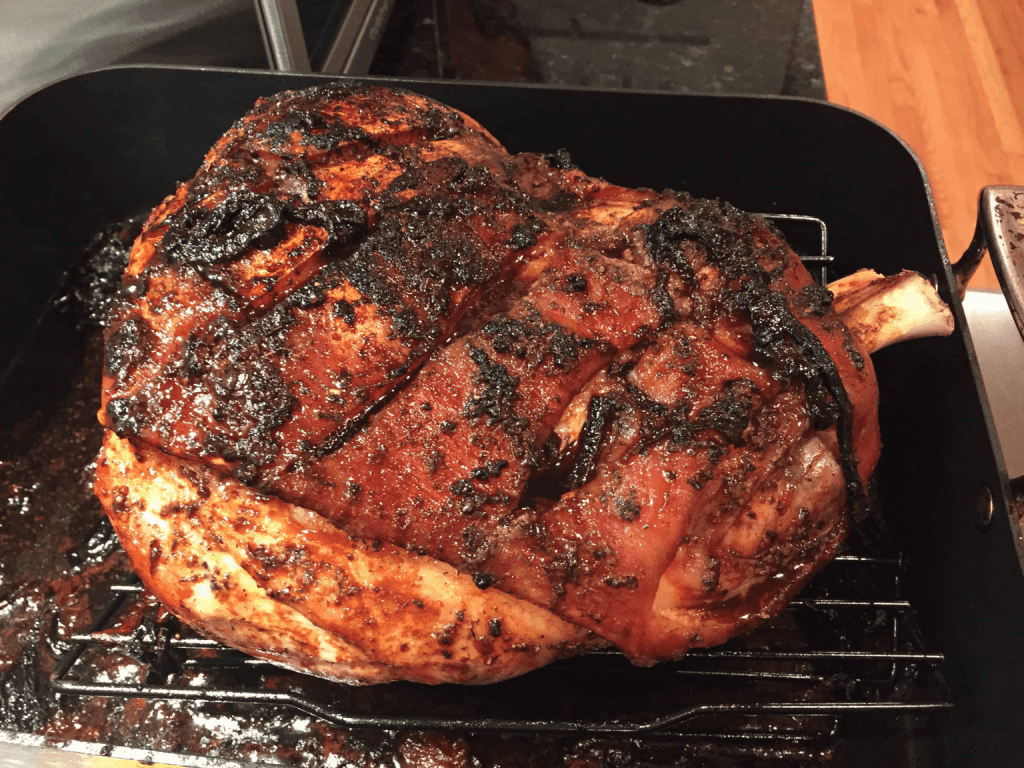Slow-roasting pork shoulder is an age-old technique designed to transform a tough, fibrous cut into tender, juicy perfection. Yet, despite roasting for 11 hours, some home cooks, like my sister, find their pork shoulder still resistant to the fork. What could be going wrong?
In this article, we’ll explore the nuances of slow-roasting pork shoulder, from the science behind the process to the ideal cooking time and temperature. By understanding what might be missing, you can turn your next pork roast into the tender feast you’ve been craving.

Understanding the Science Behind Slow-Roasting Pork Shoulder
Pork shoulder, also known as pork butt, is a tough, fatty cut of meat that needs long, slow cooking to break down its connective tissues. The goal is to apply gentle heat over several hours to allow these tissues to dissolve into gelatin and for the fat to render without drying out the meat.
While 11 hours might sound like enough time for this transformation, other critical factors could be affecting the outcome. Let’s take a closer look at the most important elements that influence the tenderness of your pork shoulder:
1. Oven Temperature Matters
The temperature at which you roast pork shoulder plays a crucial role in its tenderness. If the temperature is too high, the meat might cook too quickly and dry out before the collagen breaks down. On the other hand, if it’s too low, the meat might not cook evenly.
The ideal range for slow-roasting pork shoulder is between 225-275°F (107-135°C). A low and steady temperature ensures the connective tissues break down properly, leaving you with tender, fall-apart meat. Using an oven thermometer to monitor the temperature can help prevent undercooked or overcooked results.
2. Consistent Heat Is Essential
Oven consistency is another key factor. If your oven fluctuates in temperature, it may cause uneven cooking, where some parts of the meat remain tough while others overcook. If you suspect your oven has temperature variances, try checking its calibration or using an oven thermometer to ensure it holds steady during the long cooking process.
3. Meat Quality and Preparation
The quality of pork shoulder you’re using can also impact the final result. If the meat is too lean or hasn’t been brought to room temperature before roasting, it may not tenderize as expected. Additionally, seasoning the meat or brining it beforehand can help with both tenderness and flavor.
Proper Timing for Roasting Pork Shoulder
While the length of time matters, it’s not the only indicator of doneness. Cooking pork shoulder at different temperatures can yield varied results, and the size of the roast plays a role in determining the ideal cook time. Here’s a breakdown:

1. At 225°F (107°C)
If you’re roasting at this lower temperature, plan for 1.5 to 2 hours of cooking time per pound of meat. This means that an 8-pound pork shoulder could take between 12 and 16 hours to reach the desired tenderness. While it may seem long, this slow approach allows the fat to render perfectly and the collagen to break down completely.
2. At 250°F (121°C)
Roasting at 250°F will speed up the process slightly, with pork shoulder taking roughly 1 to 1.5 hours per pound. For the same 8-pound roast, expect a cooking time of around 8 to 12 hours.
3. At 275°F (135°C)
For those who want to shave some time off the cooking process, raising the temperature to 275°F reduces the time further. Here, you can expect about 1 hour per pound, meaning an 8-pound pork shoulder should cook in about 8 hours.
Remember, these times are just guidelines—using a meat thermometer is a much more reliable way to gauge doneness.
Tips for Ensuring a Tender Pork Shoulder
If after 11 hours of cooking your pork shoulder still isn’t tender, it might be time to tweak your approach. Here are a few expert tips to ensure a mouthwatering result:

1. Use a Meat Thermometer
One of the best ways to ensure your pork shoulder is cooked to tender perfection is by measuring the internal temperature. Pork shoulder is done when it reaches an internal temperature of 195-205°F (90-96°C). At this point, the collagen has fully broken down, and the meat will be incredibly tender and easy to pull apart.
2. Allow for Resting Time
Don’t skip the resting period! After the pork shoulder has finished roasting, let it rest for at least 30 minutes, or even up to an hour. This allows the juices to redistribute throughout the meat, resulting in a more moist and flavorful roast.
3. Consider Wrapping the Meat
One effective method for ensuring tender pork is to wrap the shoulder in foil partway through cooking. Once the internal temperature reaches around 160°F (71°C), wrap the roast tightly in foil and return it to the oven. This technique, known as the “Texas crutch” in barbecue circles, helps retain moisture and speeds up the breakdown of collagen.
4. Baste for Flavor and Moisture
Basting the pork shoulder with its own juices or a flavorful marinade during cooking can help keep the meat moist. It also infuses the roast with added flavor, ensuring every bite is as delicious as the last.
Why the Roast May Not Be Tender After 11 Hours
If your sister’s pork shoulder is still tough after 11 hours, it may be due to one or more of the following reasons:
- Temperature too low: Cooking at a temperature that’s too low can leave the connective tissue intact.
- Undercooked: Even after many hours, the pork might not have reached the critical internal temperature needed for tenderness.
- Lack of resting: Without proper resting, the meat’s juices won’t redistribute, leading to a drier, tougher texture.
Conclusion: Achieving Tender, Perfectly Roasted Pork Shoulder
Slow-roasting pork shoulder is an art that requires patience and precision. While 11 hours might seem long enough to guarantee a tender roast, the key lies in the temperature, timing, and technique. To ensure a tender, melt-in-your-mouth pork shoulder, focus on cooking at the right temperature, using a meat thermometer to track internal doneness, and giving the roast plenty of time to rest before serving.
By following these best practices, your sister—and you—can enjoy perfectly cooked pork shoulder every time, with meat that’s so tender, it practically falls apart.


